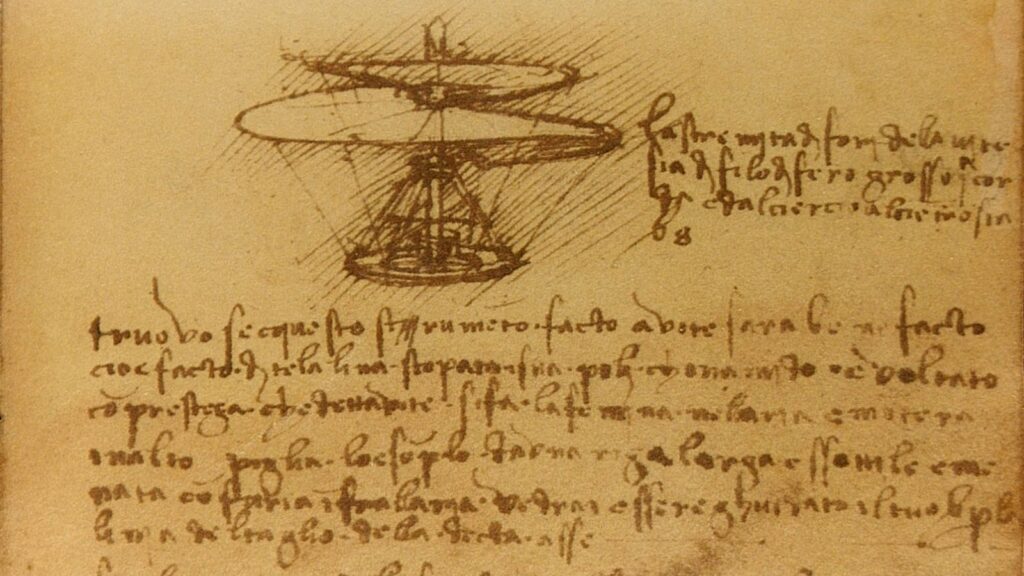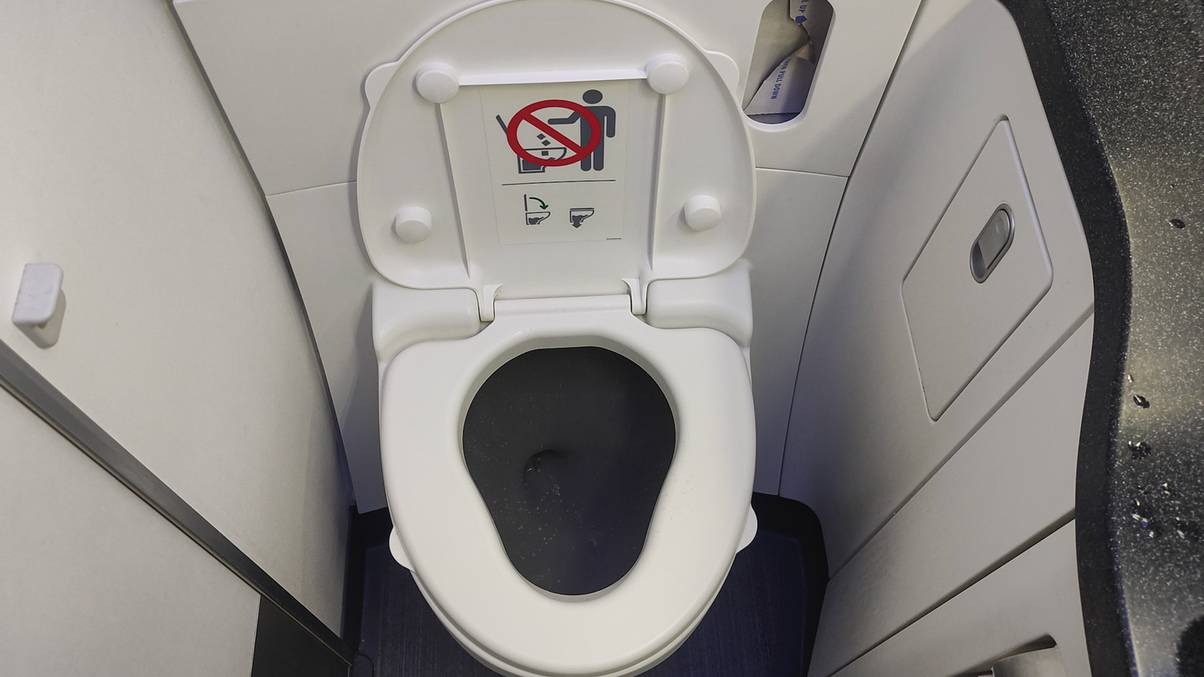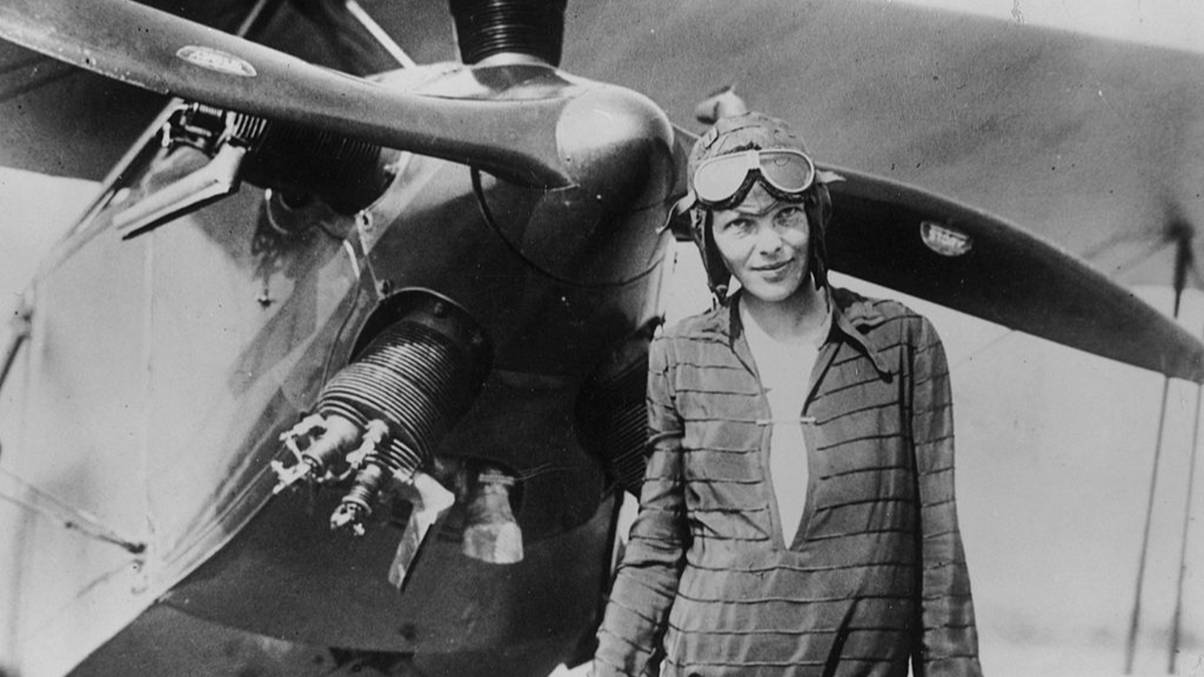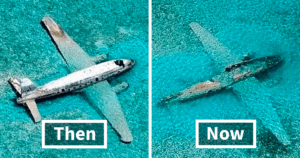“Unlocking the Skies: 14 Surprising Revelations About How Flight Took Wing Across the Ages!”
The tragic Hindenburg disaster in 1937 marked their decline, but airships are still used for niche purposes today. Flying Whales, a modern airship manufacturer, is hoping to revitalize these long-forgotten ships to bring bulky resources to remote areas of the world.
8. Helicopters Were Inspired by Maple Seeds


The humble maple seed, spinning as it falls, sparked the idea for helicopters. Early designs like da Vinci’s “aerial screw” aimed to mimic this natural flight.
By the 20th century, helicopters became indispensable for their ability to hover and maneuver in tight spaces.
9. Drones Have Been Around Longer Than You Think


While drones might seem like a recent trend, their roots go back to World War I. Early unmanned aerial vehicles, similar to modern-day drones, were used for target practice.
Today, drones have endless applications, from photography to emergency response, showing just how versatile flying technology can be.
10. The Black Box Revolutionized Flight Safety


Invented in the 1950s, the flight recorder, commonly called the black box, transformed aviation safety. By capturing flight data and cockpit conversations, it provides crucial insights into the circumstances leading up to accidents.
This technology has saved countless lives by improving plane designs and procedures based on past mishaps.













